There’s something about the cooling weather and shortening days that makes me want to get still. I want to watch the oblique autumn light cast angular shadows on my walls and floors and furniture until it fades quickly into grey and vanishes. This fleeting light reminds me that winter is coming next, and that makes me think of the work of Vilhelm Hammershøi. Do you know his work? I’ve only briefly mentioned him on Chouette, so I figured it might be nice to do a little profile on him.
Vilhelm Hammershøi was born in Copenhagen, Denmark in 1864 to a wealthy merchant family and enjoyed an education in art. He studied at the Royal Danish Academy of Fine Arts, as well as under notable artists of the time. His first public exhibition was in 1885 at the Charlottenborg Spring Exhibition. This is Copenhagen’s annual art exhibition and it has taken place every year since 1857. It still happens today.
In 1891, Hammershøi married Ida Ilsted. Ida is the figure you most often see in Hammershøi’s paintings, clad in a simple black dress, her back or profile to the viewer.
Hammershøi is best known for his interiors and portraits. His palette is cool and subdued. Muted greys, deep blacks and scumbled browns comprise the majority of his color choices. At first, his paintings seem stark and spare. The unornamented rooms his plainly-dressed figures occupy are lit by a single natural light source that washes his paintings in a cold, wintry light. The untrained eye might find the paintings to be melancholy or austere, but on further inspection, they’re actually quite warm and tender. Hammershøi arranges his subjects in intriguing ways that serve to draw the viewer in. Their eyes are cast down at books or papers. They sit at pianos or look thoughtfully into the distance. The viewer wonders about their inner lives and the material that is absorbing them. Hammershøi clearly loved and respected these people, painting their complexities in the simplest of presentations. It makes me think of Pascal’s quote, ‘If I had more time, I would have written a shorter letter.’ Hammershøi took the time to bring us only the essentials. That takes enviable amounts of both restraint and acuity.
Hammershøi was critically acclaimed during his lifetime, but he fell out of favor toward the end of his career. He started making highly detailed work after a trip to Paris, and many felt he had lost the poetry of his previous work. He died in 1916 at age 51. Even though his late career was less successful than his early and mid career, he still earned a prominent spot in Danish history and art history at large. Since his death, he has had exhibitions at the Musee d’Orsay, the Guggenheim and the Royal Academy of London. He is also in the permanent collections of many major museums, and there are several books and documentaries about his life. If you see this work and it speaks to you, I encourage you to learn more about Hammershøi. I also encourage you to sit quietly with his paintings. That’s what they call out for and it’s when they speak the loudest.





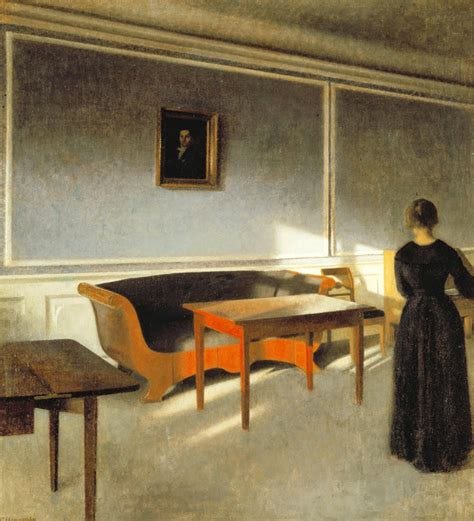
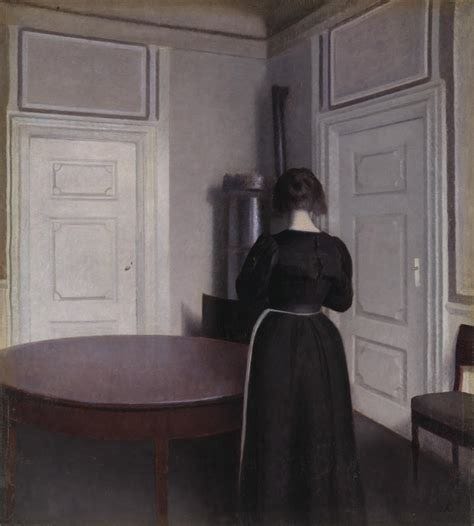
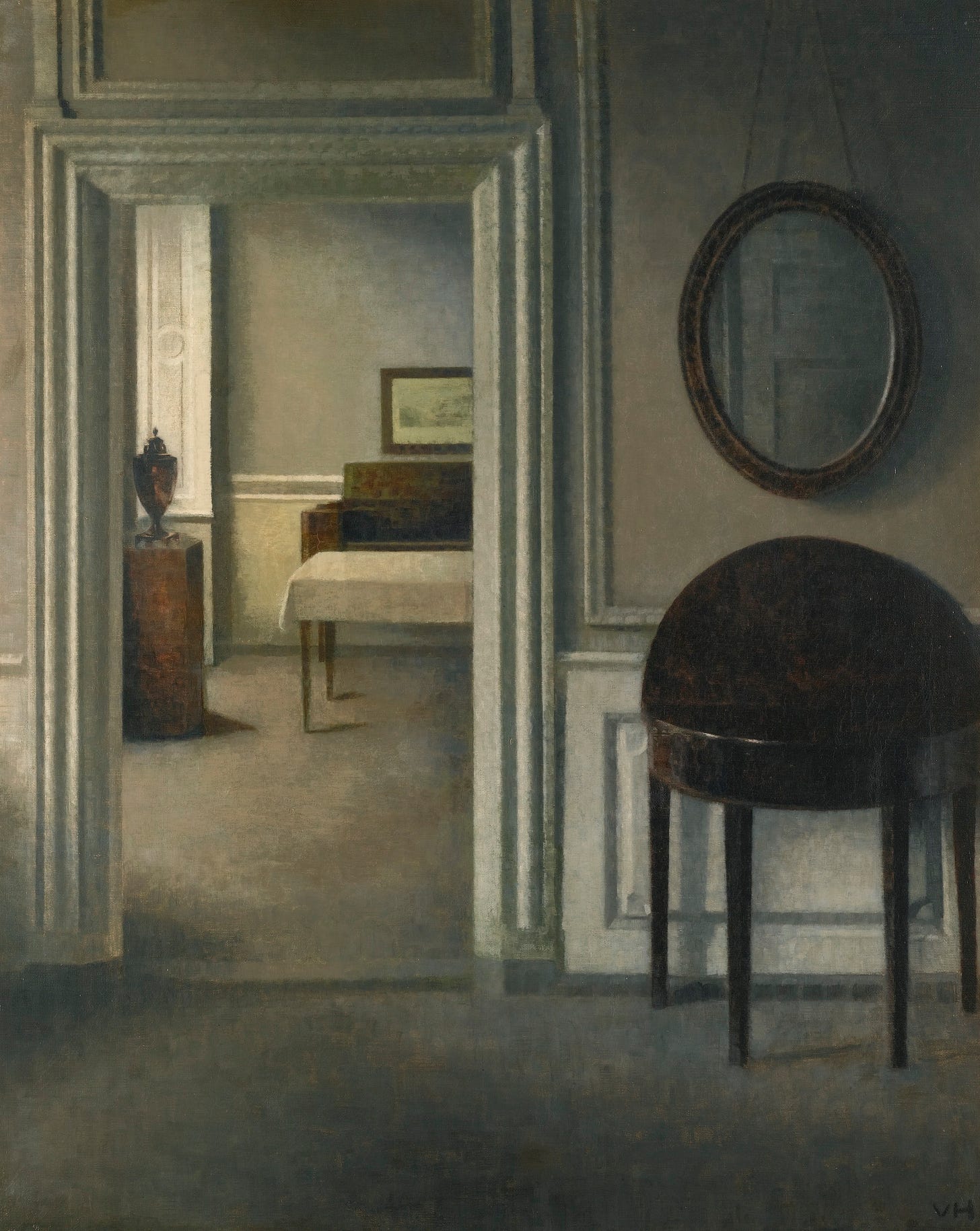
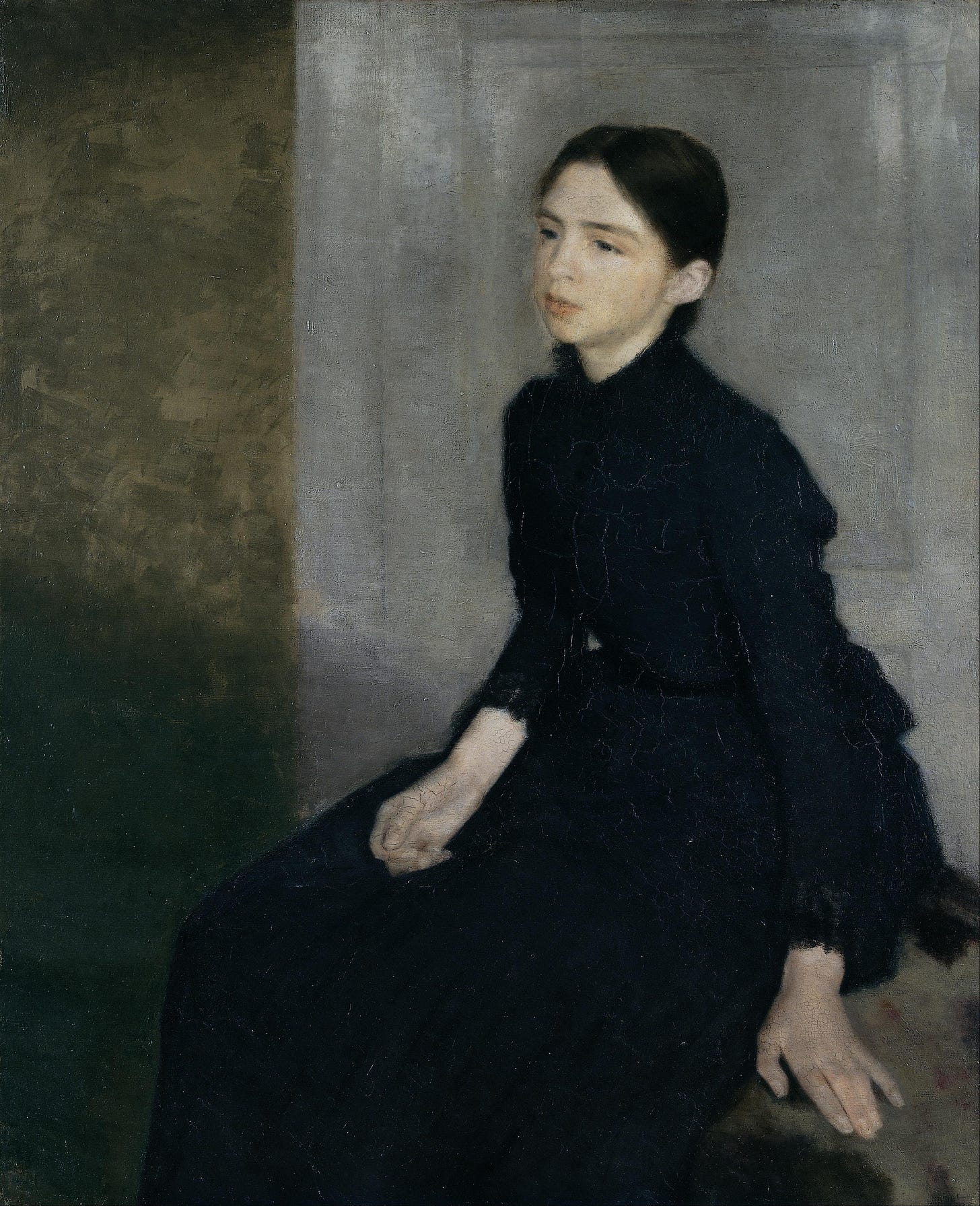
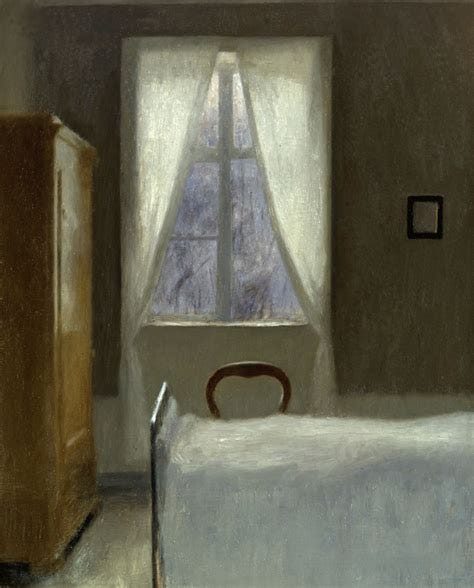
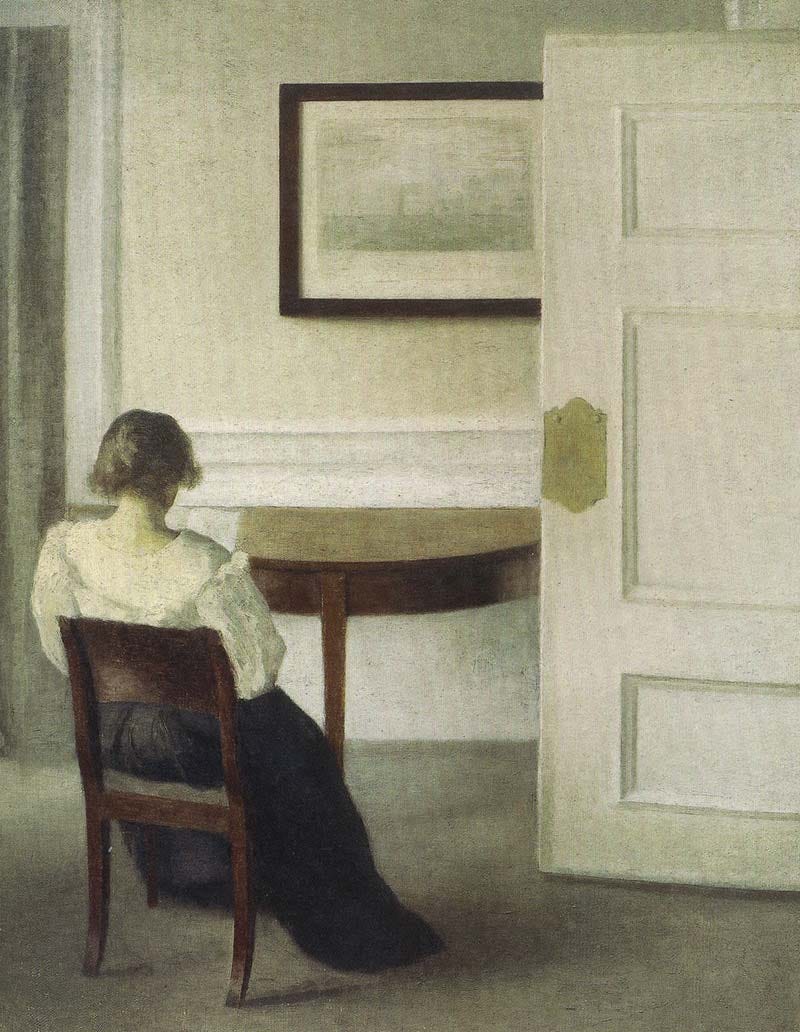
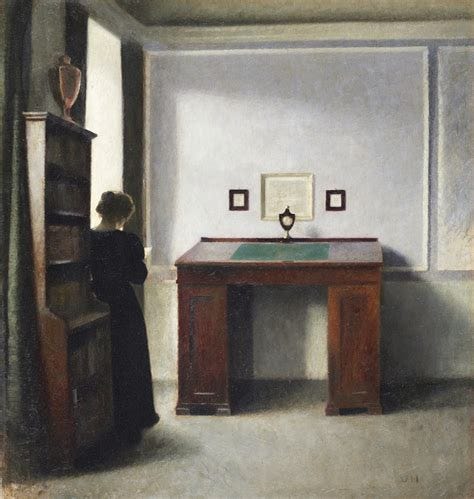

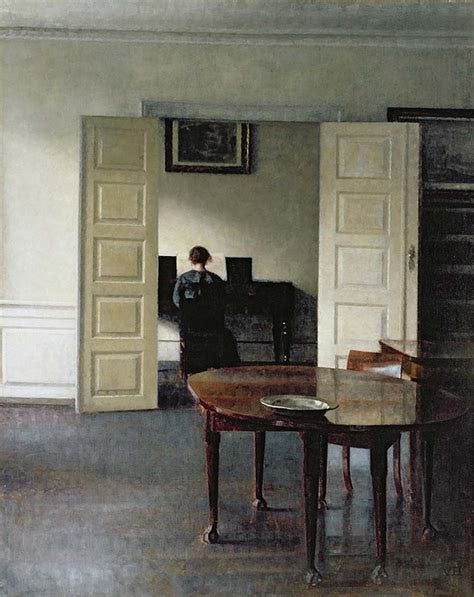

I love his work so much! More people should know about him. Beautiful article!